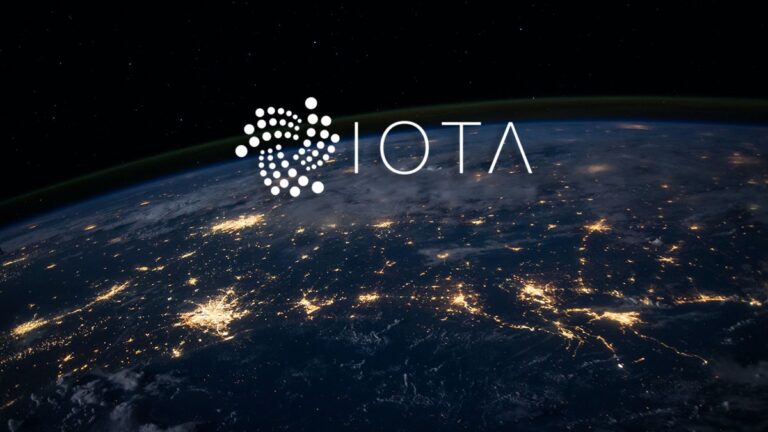BRICS Transformation: Unveiling a New Era of Global Economics

- BRICS summit witnesses the inclusion of new member nations, indicating the alliance’s strategic expansion.
- The expanded BRICS consortium holds the potential to reshape global economics, monetary policies, and financial strategies.
Amid the international spotlight on the recent BRICS summit in Johannesburg, a momentous decision was poised to reshape global economic dynamics. With over 40 heads of state converging, speculation abounded regarding the alliance’s growth trajectory and the strategic moves that would follow.
The BRICS summit transcended its conventional status to become a declaration of bold intent. A pivotal shift was unveiled as the alliance extended invitations to embrace new members: Saudi Arabia, the UAE, Iran, Egypt (notably mentioned twice in the original article), Argentina, and Ethiopia. Beyond numerical expansion, this move strategically positions BRICS as a formidable force set to command nearly a third of the world’s economic output.
The economic significance of the new entrants is formidable, painting a canvas of impressive GDPs. Saudi Arabia, boasting vast oil reserves, commands a staggering $1.06 trillion GDP. Argentina and the UAE follow closely with figures of $641 billion and $499 billion respectively. Not to be overlooked, Egypt and Iran contribute GDPs exceeding $360 billion each, while Ethiopia adds a substantial $156 billion.
This isn’t merely an arithmetic expansion; it’s a groundbreaking transformation of global economics. The augmented BRICS alliance transcends numerical strength to hold the potential for reshaping monetary policies, financial strategies, and geopolitical dynamics.
A focal point of impact lies in the alliance’s persistent efforts toward de-dollarization. Saudi Arabia’s inclusion assumes paramount significance, transcending its GDP. The nation’s colossal oil trade traditionally linked to the US dollar could potentially navigate outside the established financial paradigm. This has the potential to instigate a substantial shift in global trade dynamics, aligning with BRICS’ aspirations to bolster local currencies and diminish the dominance of established currencies such as the US dollar.
Anticipating the Unfoldment: A Transformative Journey
While these developments mark the early stages of BRICS’ redefined identity, their implications resonate widely. The global economic equilibrium stands poised for a recalibration, inviting anticipation as the reshaping of economic paradigms ushers in a new era.
As the new BRICS narrative unfurls, the world watches with bated breath, recognizing the potential for a seismic shift in economic dynamics, financial strategies, and geopolitical influence.













